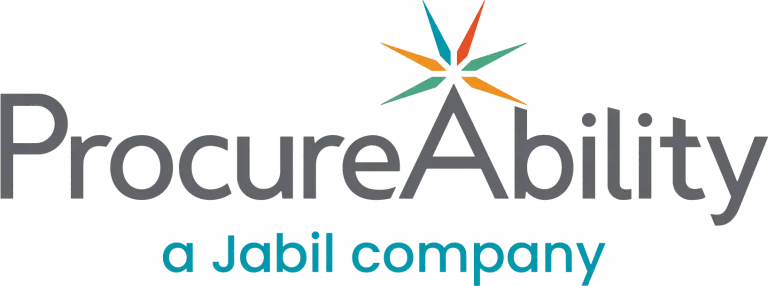Progress Meets Purpose: How Procurement Digitalization and Automation Support Sustainability and Social Responsibility Goals
Procurement is at the center of two major transformations: the rise of digitalization and automation, and the growing urgency of sustainability and social responsibility. These forces are no longer optional—they are shaping how organizations compete, partner, and grow.
The Benefits of Digitalization and Automation
While GenAI may not be fundamentally redefining the procurement process, it is closing long-standing operational gaps which can facilitate the advancement towards more strategic efficiency gains. That said, there is no “on” switch for this technology.
In my experience, the real value of GenAI emerges when organizations take a strategic approach. This approach starts with a clear audit of their digital and automation needs. They should implement solutions as part of a phased transformation. Additionally, ensuring procurement teams are upskilled is crucial to meet the demands of the moment. The benefits extend far beyond procurement as leadership recognizes enhanced contributions to broader business priorities. GenAI is not just a tool for smarter procurement—it’s a catalyst for more responsible, agile, and future-ready organizations.
Tools Powering the Shift
Digital procurement and generative AI are helping shift procurement from a transactional function to a strategic business partner. Real-time analytics, supplier optimization, and cost savings are just the beginning. But impact doesn’t come from tools alone. Starting with a comprehensive assessment is an industry best practice. This involves benchmarking current processes, identifying gaps, and aligning solutions to business goals. A tailored roadmap ensures every tool and process adds value, driving efficiency, resilience, and long-term impact across the organization. When strategically implemented, digital procurement serves as more than a technology upgrade—it becomes a business enabler.
Advancing Sustainability and Social Responsibility
Procurement plays a pivotal role in transforming corporate sustainability commitments into actionable strategies that drive measurable results. Embedding sustainability into sourcing requires clear goals. These include reducing greenhouse gas emissions, managing resource scarcity, and recovering waste through circular economy principles. Beyond environmental stewardship, responsible procurement also supports social impact. Strategies that prioritize fair labor practices, engage local communities, and invest in supplier development programs contribute to more resilient supply chains. Collaborating with organizations that elevate underrepresented groups further amplifies procurement’s role in advancing equity and access across global supply networks.
How Digitalization Supports ESG Goals
Digitalization and automation are essential to embedding sustainability and social responsibility in procurement. These tools enhance supplier transparency and enforce ESG standards beyond Tier 1 suppliers. They also support circular economy strategies through better data and visibility. Moreover, they help align procurement with broader social goals—such as workforce development and community investment. This is achieved by enabling greater collaboration and accountability across complex supply chains. The result is a smarter, more responsible procurement function that delivers measurable impact for the business. This earns procurement a seat at the strategic table.
Best Practices for Implementation
Implementing digitalization and automation in procurement requires a strategic, structured approach. To set yourself for success, technology cannot be implemented in isolation. It’s important to consider the entire procurement ecosystem, including stakeholders, processes, and organizational design. Key factors include: current tech landscape and centralized vs. decentralized vs. hybrid models. Additionally, the scope of supplier onboarding, required process changes, adoption strategy, and spend scope are crucial. Aligning these elements drives successful integration and long-term ROI. This ensures that the tools and strategies grow with you as your needs evolve.
Looking Ahead
Procurement is no longer a back-office function—it’s a driver of innovation, sustainability, and business resilience. By pairing digitalization and automation with bold sustainability commitments, organizations can create procurement functions that are not only efficient but also responsible and future-ready.
Check out ProcureAbility and Spend Matters, A Hackett Group Division’s LinkedIn LIVE session on ‘Procure to Endure: Building Sustainable, Resilient Supply Chains’.
Author:



